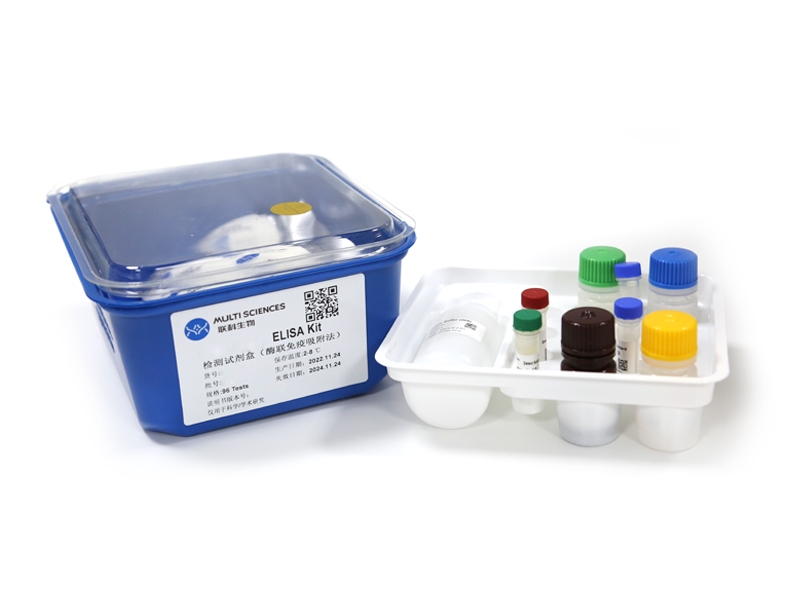Transient receptor potential ankyrin 1 (TRPA1), the non-selective cation channel, was found that can mediate the generation of multiple sclerosis, while the mechanism is still controversial. Lysophosphatidylcholine (LPC) is a critical trigger of multiple sclerosis which results from the syndrome of neuronal inflammation and demyelination. In this work, we suggested that TRPA1 can mediate the LPC-induced oxidative stress and cytotoxicity in OLN-93 oligodendrocyte. The expression of TRPA1 in OLN-93 was detected by using quantitative real-time PCR (qRT-PCR) and immunofluorescence. The calcium overload induced by LPC via TRPA1 was detected by calcium imaging. The mechanism of LPC-induced mitochondrial reactive oxygen species (mtROS) generation, mitochondria membrane depolarization, nitric oxide (NO) increase, and development of superoxide production via TRPA1 was verified by using confocal imaging. The cell injury elicited by LPC via TRPA1 was confirmed by both CCK-8 and LDH cytotoxicity detection. These results indicate that TRPA1 plays an important role of the LPC-induced oxidative stress and cell damage in OLN-93 oligodendrocyte. Therefore, inhibition of TRPA1 may protect the LPC-induced demyelination.
文章引用产品
-
-
- EK101B
- ELISA试剂盒
Human IL-1β ELISA Kit检测试剂盒(酶联免疫吸附法)
-
¥1,600.00 – ¥10,800.00
-
- EK101B
- ELISA试剂盒
Human IL-1β ELISA Kit检测试剂盒(酶联免疫吸附法)
- ¥1,600.00 – ¥10,800.00



